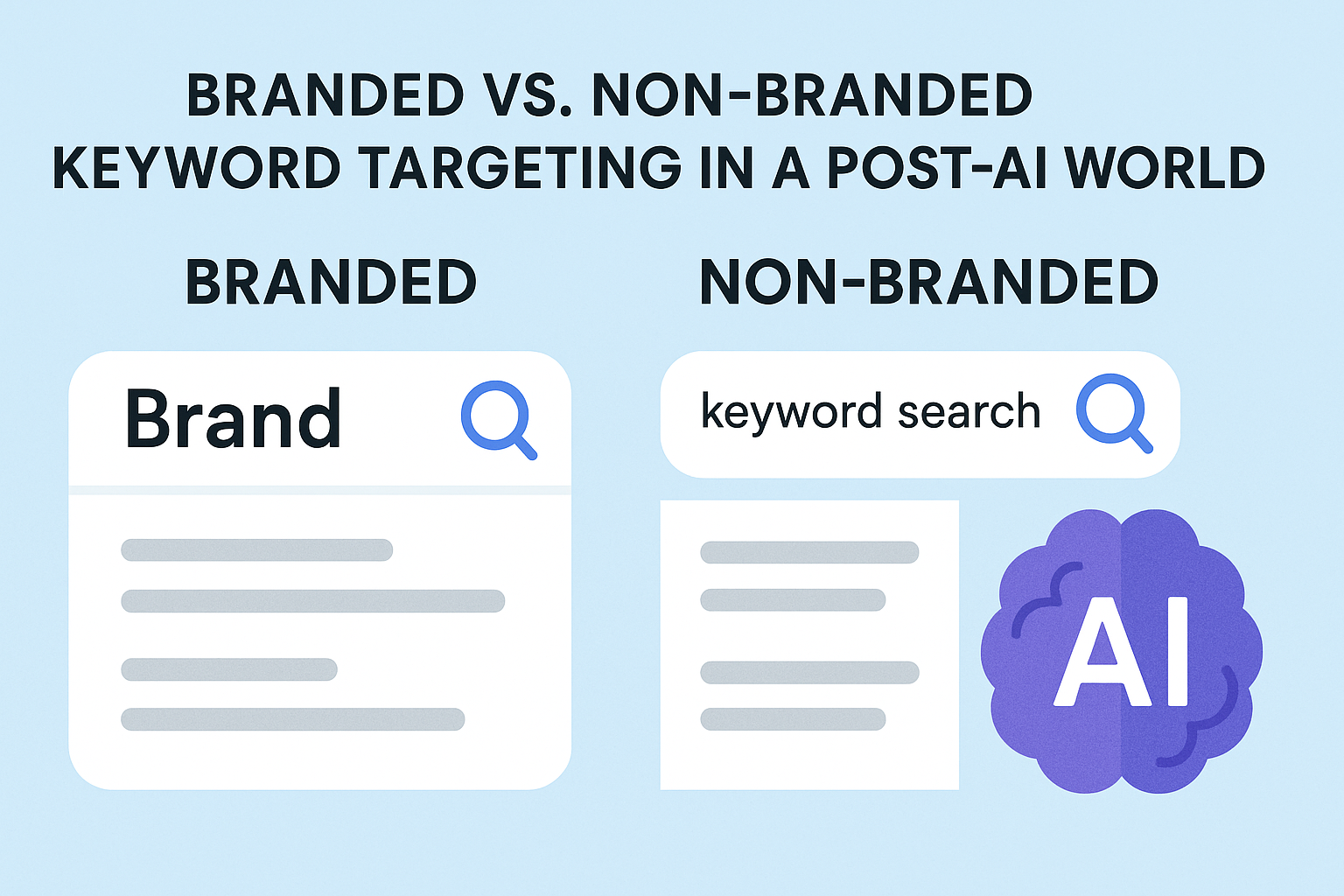If you’ve ever wondered how today’s apps scale so effortlessly or why your favorite services never seem to go down, the solution often lies in microservices—and more importantly, how they’re hosted. A growing number of developers and tech startups are transitioning from traditional applications to incorporate cloud-based architectures, which split their systems into smaller, more manageable services. The backbone of this shift is a reliable Linux server on cloud platforms.
However, don’t be daunted by the label “microservices.” You don’t have to be a DevOps expert or systems architect to begin the installation. You need basic knowledge of how cloud hosting supports the model, and why selecting the proper infrastructure, such as a scalable Linux cloud server, is crucial. Cloud server cost per month may vary depending on your resource needs; however, flexible plans make it seamless to scale without registering for oversized expenses upfront.
Understanding the Basics: Microservices + Cloud Hosting
Microservices split up a big application into many smaller, isolated units. Each performs a given task—authentication, payments, product catalog—while interacting with others through APIs. Running them on different cloud instances provides you with improved fault detection, separate scaling, and the ability to update or redeploy individual parts without affecting the whole application.
And then, of course, there’s budgeting. Knowing the cost of cloud servers per month is essential when you have several services spread across containers or virtual machines. It does not matter if you are using DigitalOcean, AWS, Azure, or MilesWeb’s cloud environment; you will have different costs based on bandwidth, storage, CPUs, and memory allocation. The best part? You pay for what you consume—and this is the exact model microservices are all about.
Why is Cloud Hosting Ideal for Microservices?
1. Architectural Flexibility
Resource-intensive applications tend to break under the increasing pressure. Microservices, however, allow you to iterate and move fast without disturbing your whole application. Cloud hosting enhances that flexibility. You can dedicate each service to its Linux server within cloud instances, allowing you to have a complete environment, runtime, and dependency control.
2. Simplified Deployment and Scaling
Want to scale only your product search service for a significant marketing push? Cloud platforms make it possible with just a few clicks or lines of script. Rather than scaling up your entire app, focus only on the parts that need more resources, minimizing unnecessary expenses.
3. Fault Isolation and Resilience
Your email services may go down—but your payments shouldn’t follow. With microservices, each one is hosted separately, decreasing the likelihood of cascading failures. Cloud hosts such as MilesWeb provide automated backups, load balancing, and recovery processes that ensure microservices remain functional.
Deployment Blueprint for Beginners
Step 1: Map Out Your Services
Start by determining the elements of your app that can be hosted independently. For instance:
- Auth service
- Product listing
- Cart management
- Order processing
All of these become a microservice.
Step 2: Choose Your Cloud Hosting Provider
Look for web hosts that offer flexible pricing and support for containers like Docker and orchestration tools like Kubernetes. It’s highly recommended for beginners to select a web host that supports Linux servers on the cloud, as Linux remains the preferred OS for deploying containers and managing backend servers.
Step 3: Containerize with Docker
Each microservice ought to be containerized with its set of dependencies using Docker. This keeps everything stable over multiple platforms, such as development, staging, and the live website.
Step 4: Orchestrate with Kubernetes (or easier alternatives)
Kubernetes is sturdy; however, it can be tricky at times for beginners. Docker Compose, Portainer, or even managed container services offered by your cloud provider can help you get started with orchestration without needing to use YAML.
Step 5: Automate Your CI/CD Pipeline
Utilize GitHub Actions, GitLab CI, or Jenkins to automatically push code changes, execute tests, and deploy services. In microservices, manual deployment soon becomes tedious to manage.
How to Keep Your Cloud Costs Under Control?
It’s vital to consider your cloud server cost when deploying microservices. The following are actionable tips to prevent costs from going over the budget:
- Begin small: Utilize low-grade VMs or shared spaces when testing.
- Track usage: Employ applications such as Prometheus or Grafana to monitor CPU, memory, and bandwidth.
- Right-size instances: Don’t over-provision. If a service can be operated on 512MB RAM, don’t assign 2GB.
- Take advantage of auto-scaling: Have your cloud provider scale services on demand instead of running them 24/7.
- Bundle pricing: Web hosts provide bundled plans where you have compute, bandwidth, and storage together—making expenses more predictable.
Common Mistakes to Avoid
1. Overcomplicating from Day One
Keep it simple. You do not require 10 services and Kubernetes upfront. Start with 2-3 services and scale up as your requirements increase.
2. Neglecting Monitoring and Logging
Troubleshooting turns into a nightmare in the absence of proper proactive monitoring. Tools like ELK Stack, Grafana, or even your provider’s cloud-native offerings help monitor performance and errors.
3. Failing to Plan for Communication
Microservices must “speak” to one another consistently. REST APIs, gRPC, or message systems like RabbitMQ can work—but pick what is appropriate for your scale.
When Should You Use Microservices?
Microservices aren’t always the solution. If your app is small, complex, and unlikely to expand, a monolith might be just fine. But suppose you’re building something that will evolve rapidly, or has different teams working on other features. In that case, cloud-based microservices make scaling, testing, and maintaining the app far more feasible.
Conclusion
Microservices deployment on the cloud isn’t limited to the big tech firms anymore. With readily available cloud Linux servers, engineers can now create faster, scalable systems without exceeding the budget. However, by analysing your cloud server cost and optimizing your deployment from the development phase, you have the control and performance to expand confidently.
Suppose you’re looking for a hosting provider that keeps things simple, affordable, and developer-friendly. In that case, MilesWeb offers cloud hosting tailored to modern deployment needs—with 24/7 support, auto-scaling, and budget-friendly plans that make microservices easy to manage even for solo developers.

The Search Engine Cage team is on a mission to educate entrepreneurs. We make things easier for the small business owner, by writing articles that help them to understand SEO and Digital Marketing.






